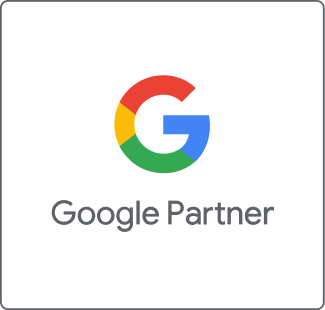Data-driven digital advertising often comes with the promise of highly tailored, conveniently placed ads that hit all the right targets. If that sounds too good to be true, don’t worry. It’s not.
Contextual targeting fulfills that promise by placing ads based on the content found on a webpage. Learn how to use this strategy to let only the most relevant ads get through to each of your target audiences in this article or in the video at the end.
What is contextual targeting?
Contextual targeting focuses on pushing relevant ads to the user within related online content. Once users visit websites that feature industry content, keywords or topics are used to trigger relevant ads.
Contextual targeting results in greater ROI, more qualified leads and an increase in conversions.
- Contextually relevant ads are 10% more engaging than the article content itself.
- Contextual targeting increases purchase intent by up to 63%.
- Contextually relevant ads are 2.2 times more memorable than contextually irrelevant ads.
Three elements of contextual targeting
Contextual targeting focuses on getting three elements right: the audience, the topic and the webpage.
1. Right audience
Use your own audience data or proprietary data from services like EDA and RigDig to establish the right audience. Use market research and your buyer personas to understand demographics and psychographics, such as attitudes, values and pain points, of your audience so you can create ads that will resonate with customers.
2. Right topic
Using information like pain points and business goals, determine what topics your ideal buyers are most interested in reading, and use that information to place your contextual ads.
3. Right webpage
Identify the websites that are most relevant to your audience and your brand. Do your customers find industry information on LinkedIn, community forums or other websites? Where do they go when they are researching a purchase? Then, within these websites, specify keywords within the content that will trigger your ads.
For example, a potential buyer from a trucking company is in the research stage of the buyer’s journey and browsing trucking media sites for equipment reviews when keywords in the featured content trigger ads from a dealership. Intrigued, the potential buyer considers the company and, after being contacted by a sales representative, eventually signs a contract.
Conclusion
Using contextual targeting in your marketing ensures your ads are aligned with highly relevant content to reach the most ideal audience members. These ads are more engaging than the website content itself and are more than twice as memorable as noncontextual ads, increasing conversions and leads for your company.
If you liked this article, watch the video below or on YouTube.
[Article updated on April 15, 2021 to include video.]
[visibility show=”desktop”]
[acf field=”cta_38″ post_id=”option”]
[/visibility]
[visibility show=”tablet”]
[acf field=”cta_38″ post_id=”option”]
[/visibility]
[visibility show=”mobile-landscape”]
[acf field=”cta_38″ post_id=”option”]
[/visibility]
[visibility show=”mobile-portrait”]
[acf field=”cta_39″ post_id=”option”]
[/visibility]



